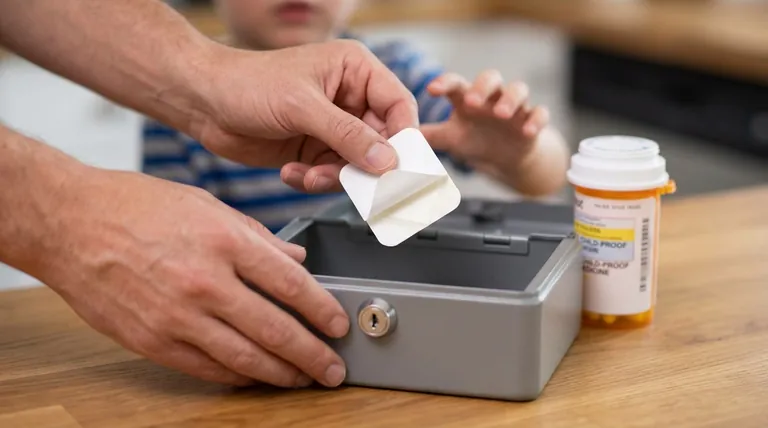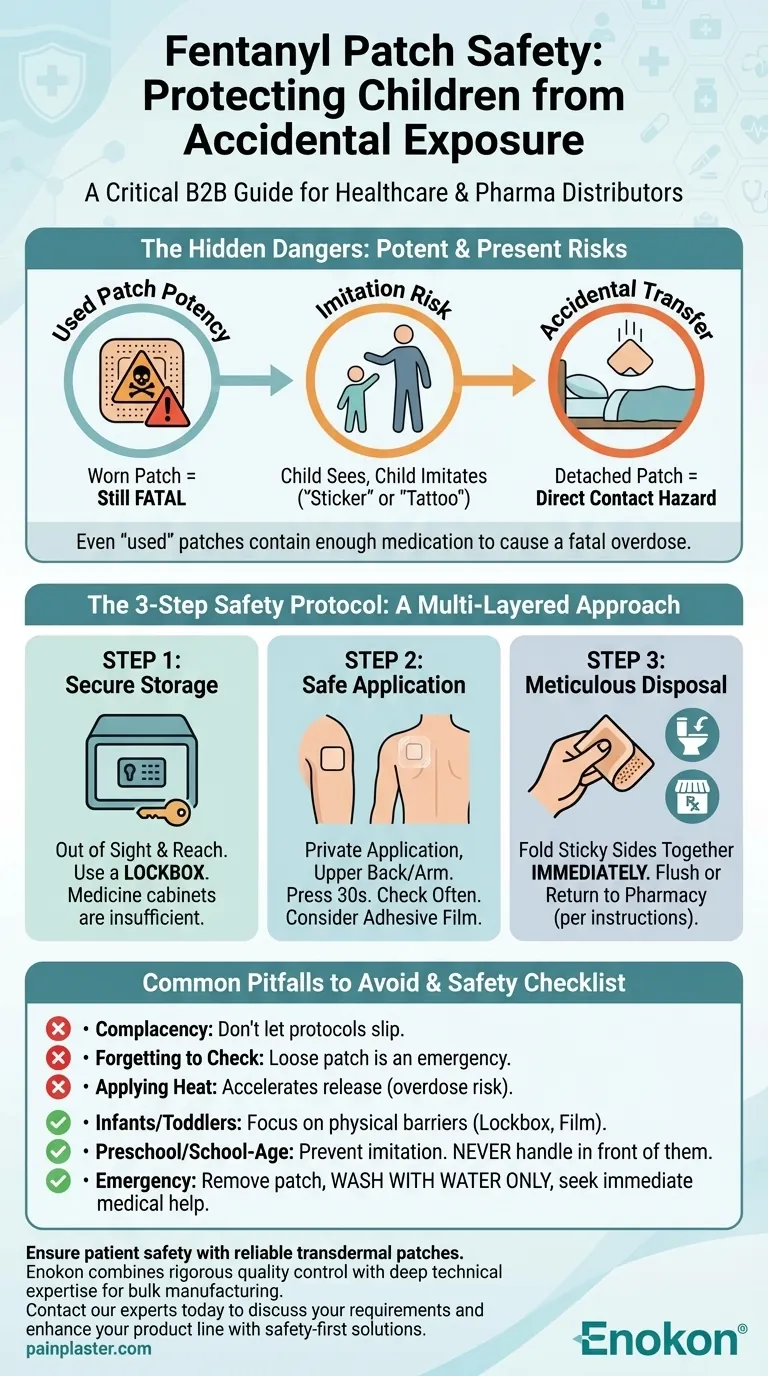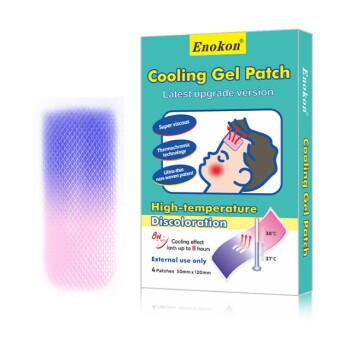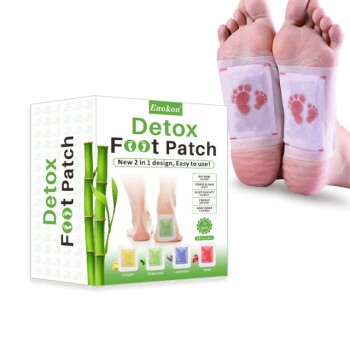When using a fentanyl patch, the absolute priority is preventing accidental exposure to children. This requires a multi-layered approach focusing on secure storage for new patches, discreet and secure application on your body, and meticulous disposal of used patches, as even a used patch contains enough medication to be fatal.
A fentanyl patch must be treated as a serious medical hazard at every stage of its life cycle—new, worn, and used. The core strategy is to create physical and behavioral barriers that make it impossible for a child to see, access, or imitate its use.

The Hidden Dangers: Why a Fentanyl Patch is a Critical Risk
Understanding the specific risks is the first step toward creating a safe environment. The danger is not abstract; it is potent and present even when you think the medication is gone.
The Potency of a "Used" Patch
A patch that has been worn for its full duration is not empty. It still contains a significant amount of fentanyl, which can be absorbed through the skin or mouth if handled or ingested by a child. This residual medication is more than enough to cause a fatal overdose.
The Danger of Imitation
Children naturally imitate the adults around them. If they see you applying a patch, they may become curious. Calling it a "sticker," "tattoo," or "bandage" dramatically increases the risk that they will try to find one and apply it to themselves or others.
The Risk of Accidental Transfer
A patch that is not fully adhered can detach and fall off. It can end up in bedding, on furniture, or on the floor, where a child or pet could easily find it. The adhesive is strong enough that it can stick to a child's skin upon contact, beginning the process of drug delivery.
A Three-Step Safety Protocol for Your Home
To mitigate these risks, you must implement a strict and consistent safety protocol covering the entire lifecycle of the patch.
Step 1: Secure Storage
Store all fentanyl patches in a secure location that is both out of sight and out of reach of children. Simply placing them in a medicine cabinet is not enough. Consider using a lockbox to provide a definitive physical barrier.
Step 2: Safe and Secure Application
Apply the patch in private, where a child cannot observe you. Choose an application site on the upper back or upper arm where a child cannot easily see or touch it.
To ensure the patch stays in place, press it firmly for at least 30 seconds. Check the patch regularly, especially after sleeping or showering, to confirm it is still fully attached. For added security, you can cover the patch with a transparent adhesive film dressing.
Step 3: Meticulous Disposal
Never throw a used patch directly into the household trash where it can be found. As soon as you remove a patch, fold it in half with the sticky sides together. This seals the medication inside.
Dispose of the folded patch immediately and properly. Follow the specific disposal instructions provided by your pharmacist, which may include flushing it down the toilet or returning it to the pharmacy.
Common Pitfalls to Avoid
Even with the best intentions, simple oversights can create dangerous situations. Being aware of these common pitfalls is critical for maintaining safety.
Pitfall: Becoming Complacent
After using the patch for a while, it's easy to let safety protocols slip. You must treat every single patch with the same high level of caution, from the first one you use to the last. Routine can be an enemy of safety.
Pitfall: Forgetting to Check the Patch
A loose or missing patch is a medical emergency in a home with children. Make it a habit to physically check that your patch is in place several times a day and especially before going to sleep or leaving the house.
Pitfall: Applying Heat or Pressure
Never expose the patch site to direct heat sources like heating pads, electric blankets, or prolonged direct sunlight. Heat can accelerate the release of medication, leading to an overdose for the user and increasing the danger if a child were to come into contact with it.
Your Child Safety Checklist
Use these guidelines to tailor your safety plan to your specific situation.
- If you live with infants or toddlers: Your primary focus must be on physical barriers; use a lockbox for storage and an adhesive film cover over the patch to prevent accidental transfer.
- If you have curious preschool or school-age children: Your focus must include preventing imitation. Never let them see you handle the patch and never refer to it as a sticker or bandage.
- If a child is ever found with a patch: Immediately remove it, wash the area thoroughly with water only (soap can increase absorption), and seek emergency medical help without any delay.
Implementing these strict, consistent safety measures is the most important step you can take to protect the children in your home.
Summary Table:
| Safety Step | Key Action | Why It's Critical |
|---|---|---|
| Secure Storage | Use a locked box, out of sight and reach. | Prevents access to new patches, which are highly potent. |
| Safe Application | Apply in private; press firmly for 30+ seconds; cover with film dressing. | Prevents imitation and accidental transfer from loose patches. |
| Meticulous Disposal | Fold used patch sticky sides together; dispose per pharmacist instructions (e.g., flush or return). | A used patch contains enough fentanyl to be fatal if touched or ingested. |
Ensure patient safety with reliable transdermal patches. As Enokon, a bulk manufacturer of trusted transdermal patches and pain plasters for healthcare and pharma distributors, we combine rigorous quality control with deep technical expertise. Whether you need custom R&D for specialized formulations or high-volume production of safe, consistent patches, we help you deliver products that protect end-users. Contact our experts today to discuss your requirements and enhance your product line with safety-first solutions.
Visual Guide

Related Products
- Icy Hot Menthol Medicine Pain Relief Patch
- Menthol Gel Pain Relief Patch
- Far Infrared Deep Heat Relief Patches Medicated Pain Relief Patches
- Asthma Cough and Pain Relief Patch for Adults and Kids
- Mugwort Wormwood Pain Relief Patch for Neck Pain
People Also Ask
- What are common side effects of menthol patch? Key Risks & Safety Tips
- How should a menthol patch be applied? Follow These Steps for Safe & Effective Pain Relief
- How does menthol work in the Reliever Patch? Dual-Action Pain Relief Explained
- How does menthol in the patch work to relieve pain? Discover the Science Behind Fast-Acting Relief
- Are cooling patches reusable? Understanding Single-Use Cooling Solutions
















